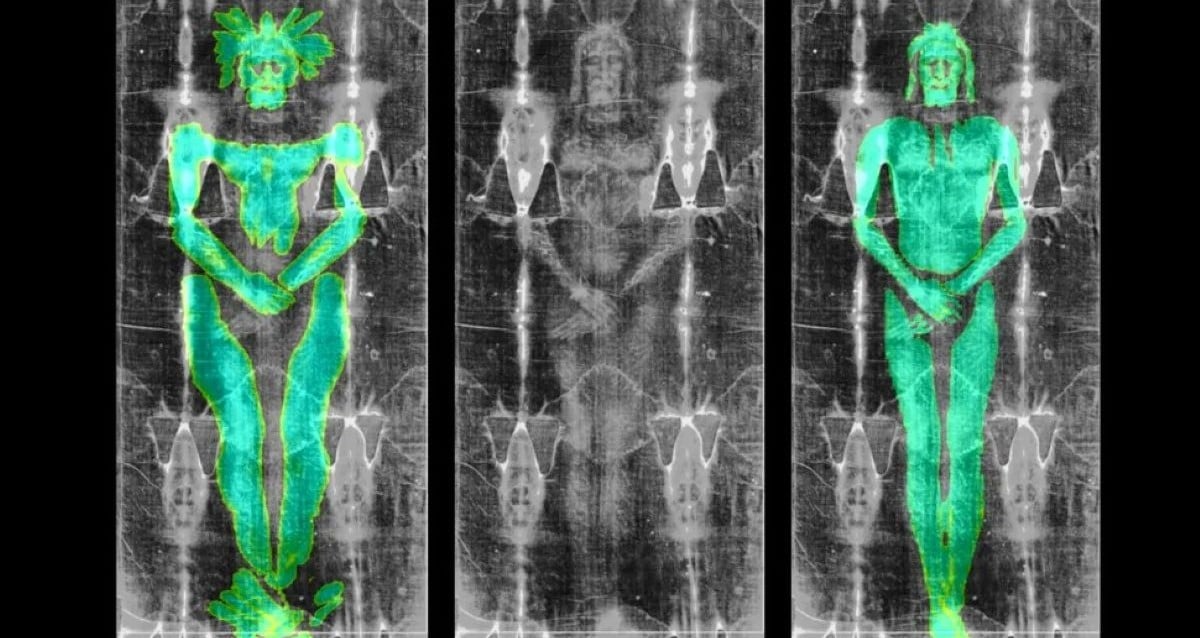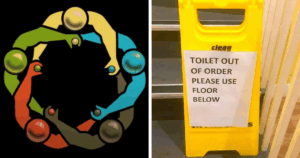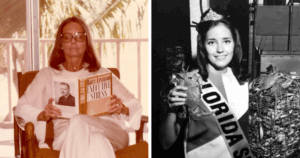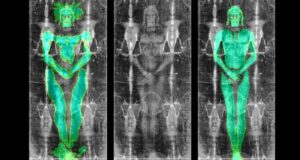“Mystery of the Ages: Ancient Remains of an Eight-Year-Old Discovered in Thai Cave—What Secrets Will They Reveal?”
The prehistoric child was buried facing up. This, coupled with the discovery of stones and red pigments on the child’s body, points to a ritualistic burial that may have involved wrapping or tying the child’s remains. Experts believe that the stones and red pigments may have been symbols of “blood and power” for prehistoric humans. Additionally, researchers found charcoal and ash around the body, indicating that the child was smoked prior to burial.
“It is believed that the way the body was treated involved rituals, including a theory that this was one way to keep it from being eaten by wild animals. We have learnt from the position and direction in which the body was placed that it was a ritual, meaning the community living here had their own culture and way of living,” Kannika Premjai, who led the team of archaeologists at the site in Tham Din cave, told the Bangkok Post.
Pangpond has not only shed light on the rituals of prehistoric groups in Thailand, but also their adaptability to changing environments. When Pangpond was alive, much of Southeast Asia was connected due to low sea levels of the time, creating a landmass that is now known as Sundaland. As time went on, parts of this area were submerged, dispersing populations to places like Khao Sam Roi Yot.
“The Din Cave site offers a unique window into the past, documenting the evolution of human societies over thousands of years,” a spokesperson from Thailand’s Fine Arts Department (FAD) told Thai PBS World.
The Thai Department of National Parks, Wildlife and Plant Conservation intends to open Tham Din cave to the public once excavations are complete, providing visitors with a unique opportunity to explore years of prehistory.












